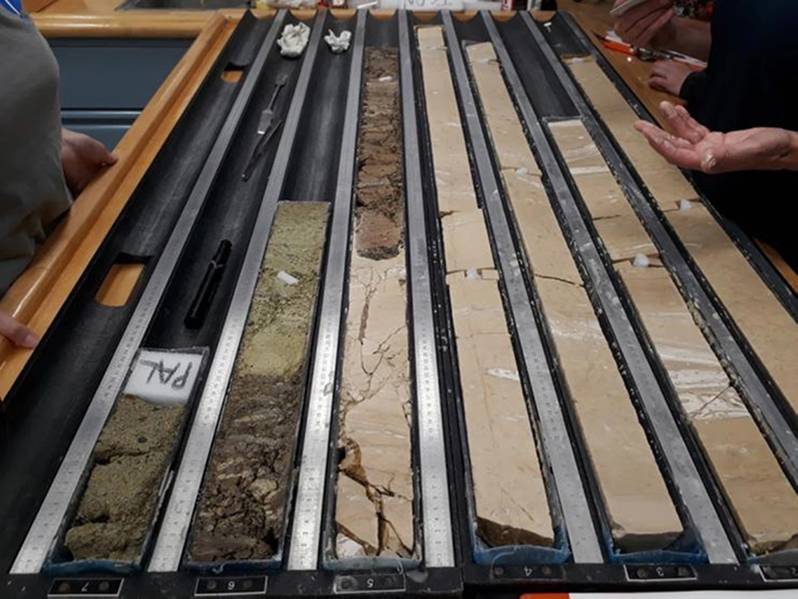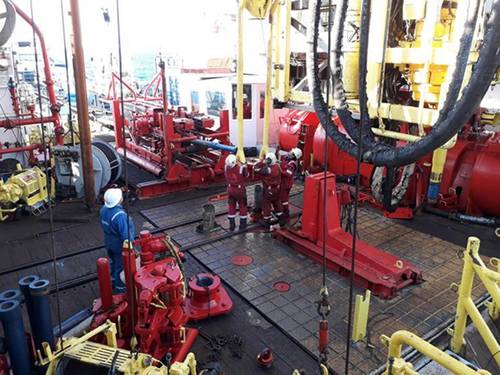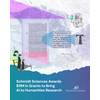NIWA: Slow-slip Earthquake Research Gains Momentum
Two international scientific expeditions, undertaken in 2017 and 2018, have allowed scientists to study New Zealand’s largest earthquake fault in hopes of learning more about slow-slip earthquakes in subduction zones worldwide.
The International Ocean Discovery Program (IODP) expeditions to the Hikurangi subduction zone off the east coast of the North Island were jointly led by researchers from the National Institute of Water and Atmospheric Research (NIWA), GNS Science, the University of Texas, and the University of Auckland. This research marks the first time scientists have studied and directly sampled rocks from the source region of slow-slip events by drilling into the ocean floor.
Slow-slip events resemble regular earthquakes, but instead of energy released suddenly and catastrophically, slow quakes take place in increments that may last from days to months and can recur every year or two. NIWA principal scientist Dr. Philip Barnes explains that these events are important not only as a new type of seismic behavior, but because they occur in areas prone to large earthquakes and tsunamis. “As slow-slip earthquakes are still only newly discovered, we don’t yet understand their relationship to large damaging earthquakes,” he added.
New Zealand was identified as one of the best places to study such events because they occur close to the sea floor, making drilling to collect geophysical information and rock samples a viable option. A transect across the plate boundary was drilled off the coast of Gisborne to analyze the properties of rocks where slip events occur. “What we believe is that shallow slow-slip events occur on fault zones made up of a mash-up of different rock at different scales that are hugely variable in composition,” Barnes says.
The study indicates that contrasting rock types in fault zones may lead to both the slow-slip movements observed, and perhaps others at subduction boundaries around the world. Barnes notes that the research is not only relevant to New Zealand, but to other areas prone to seismic behavior, like those along the Ring of Fire.
 Sections of volcaniclastic and carbonate rock core collected during IODP Expedition 375 from the interval that correlates with the Hikurangi subduction slow slip fault zone. © Phil Barnes, NIWA
Sections of volcaniclastic and carbonate rock core collected during IODP Expedition 375 from the interval that correlates with the Hikurangi subduction slow slip fault zone. © Phil Barnes, NIWA















 December 2025
December 2025



